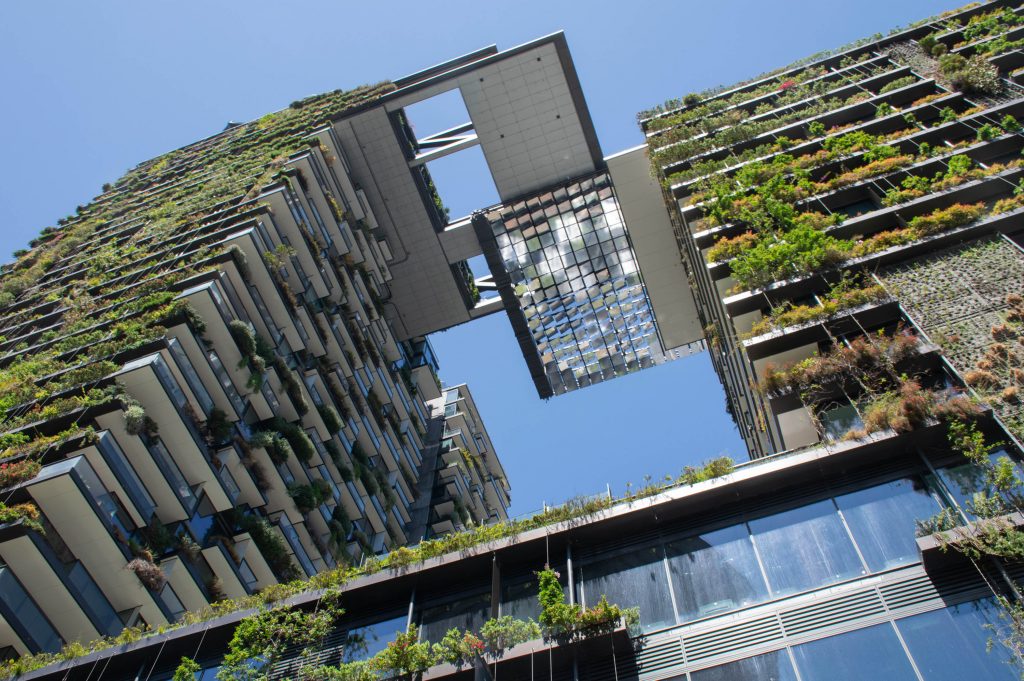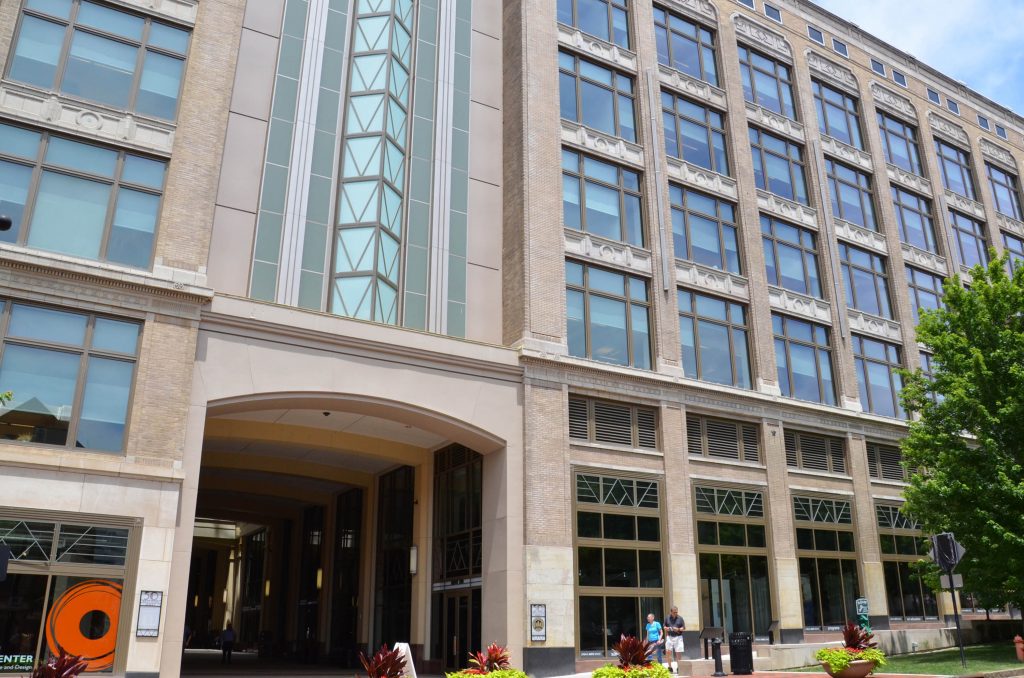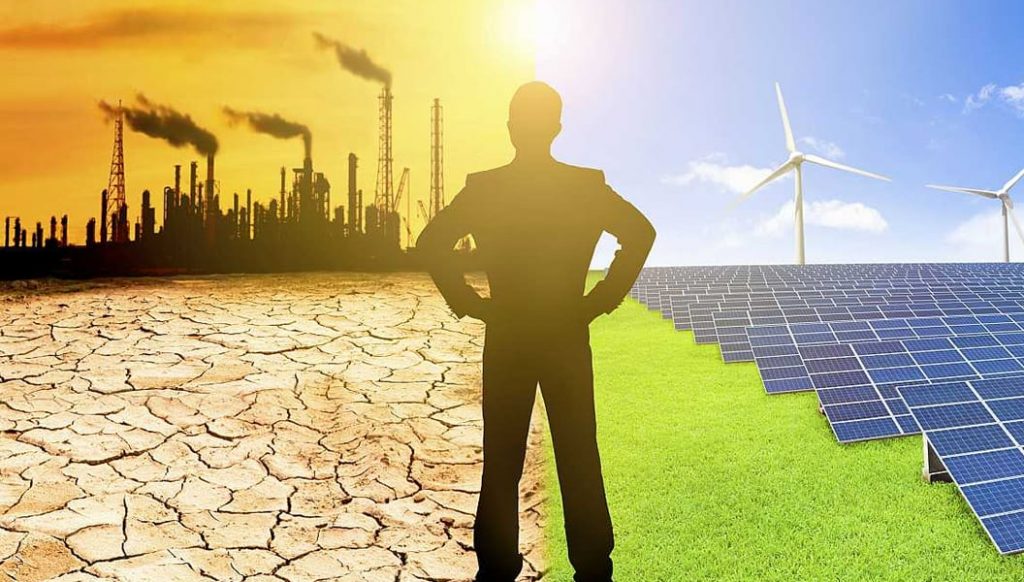As per the World Green Building Council, the built environment is responsible for 39% of all carbon emissions in the world with operational emissions (from energy used to heat, cool and light buildings) accounting for 28%. As building services engineers we, therefore, have a very important role in communicating and developing the agenda around climate change and also influencing policymakers to create urgency on meeting their sustainability goals. If we cannot address this increase in global temperature in the next 10 years, the risk to the climate is massive and the fallout in terms of global warming will be really detrimental to our future generations.
Sustainable Design
Working closely with our sister company Lawler Sustainability we provide a range of sustainable design services to improve energy performance, health and wellbeing of the occupants of our buildings, water conservation and the use of sustainable materials.
Our long-standing experience in engineering system design uniquely positions us in putting together pathways for our clients around carbon reduction. Much of this work looks at engineering projects and integration of renewable technology so we can bring an understanding that many other companies in the energy and sustainability space simply don’t have.
Whatever your sustainability objective is we can help you deliver your low / zero carbon and waste goals. Our Low Carbon Consultants provide specialist services including the design of building management systems that control heating, ventilation, cooling, hot water (HVAC) and lighting in buildings, energy auditing, energy monitoring & reporting and feasibility studies.
This includes identifying accelerated capital allowance (ACA) and grant applications for the funding of Low/Zero Carbon (LZC) technologies which benefit the client’s wallet as well as the environment. Applicable LZC technologies include biomass boiler plant, CHP, heat pumps, solar and photovoltaic panels, wind turbines and waste heat recovery systems.

Sustainability Certifications
With the drive towards a greener and more sustainable world, our processes and products are changing all the time in order to deliver more sustainable projects. Rating systems assess the environmental impact of a building, it’s construction, supporting infrastructure, urban-scale of the project, and its community.
Lawler Sustainability, our sister company, have qualified and experienced assessors in a number of the top rating systems including LEED, BREEAM, WELL and EDGE. These rating systems are designed to assist projects to be more sustainable by providing frameworks with a set of criteria that cover several aspects of a project’s environmental impact.
This also includes delivering environments inside a building which promote and enhance health and wellbeing of the building’s occupants. For more info get in touch today!

Sustainability Strategy / Carbon Roadmap
Our engineers can develop your sustainability strategy to improve your company Corporate Social Responsibility (CRS) and Environmental Social Governance (ESG) efforts. This will help to define goals that align with your company ethos.
To refine the overall strategy further we can develop the greenhouse gas emissions associated with the companies activities and begin the carbon mapping process. This identifies a clear roadmap for reducing carbon emissions and improving the sustainability of the company.
Our sister company, Lawler Sustainability, have helped countless businesses with their sustainability initiatives and have even developed Carbon Roadmaps for these businesses to follow in order to achieve their sustainable development goals.

Building Performance Simulation
The building is constructed within a computer programme so the energy performance can be modelled. This provides the facility for the following:
Pre-Planning
Preliminary building assessment and advice on the energy implications of the following:
- Building orientation and implications on solar gain and heat loss;
- Glazing ratios and implications on natural ventilation and day-lighting;
- Floor depths and implications on natural ventilation;
- Issue of preliminary Building Energy Rating (BER) Certificate;
- Assessment of possible renewable energy solutions & associated planning information.
Post-Planning
Detailed building assessment to highlight the impact of material selection and construction details on energy consumption:
- Predicted annual energy consumption;
- Assessment of material selections and product substitution and its associated impact on energy usage and compliance;
- Daylight analysis and its interface with lighting control systems to minimise the use of artificial light;
- Design of naturally ventilated buildings.

Design for Performance (DfP)
The demand to build more energy-efficient buildings that meet the needs of their occupants is increasing. Advanced energy modelling goes way beyond Part L / NZEB building regulations to precisely predict actual energy usage and energy consumption of a building across a year. This allows the client or user to measure the ‘performance gap’ of their building against actual usage.
Design for Performance is a scheme in the UK which is being used to demonstrate the true environmental performance of a building, similar to the NABERS (National Australian Built Environment Rating System) which helped Australian businesses and government to meet their energy and carbon goals. We actively deploy the NABERS methodology in our projects in terms of advanced modelling, digital twin and building tuning and Design for Performance initiative will help to tackle the ‘performance gap’ to ensure new office developments meet their energy performance usage. For more information on DfP or NABERS please get in touch with our Sustainability team today!

